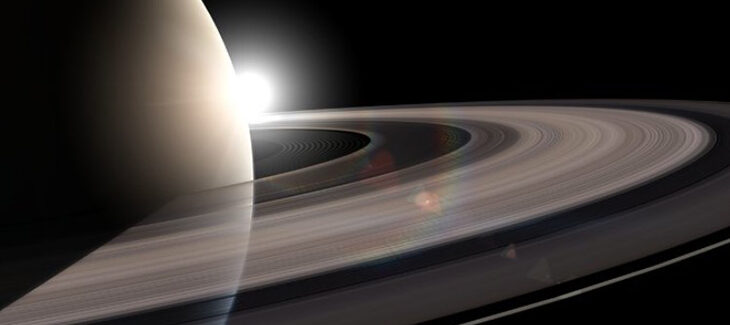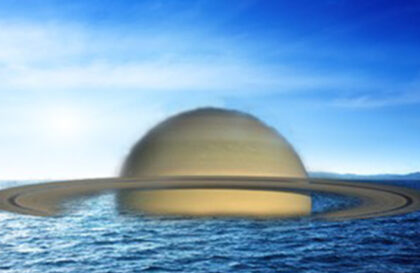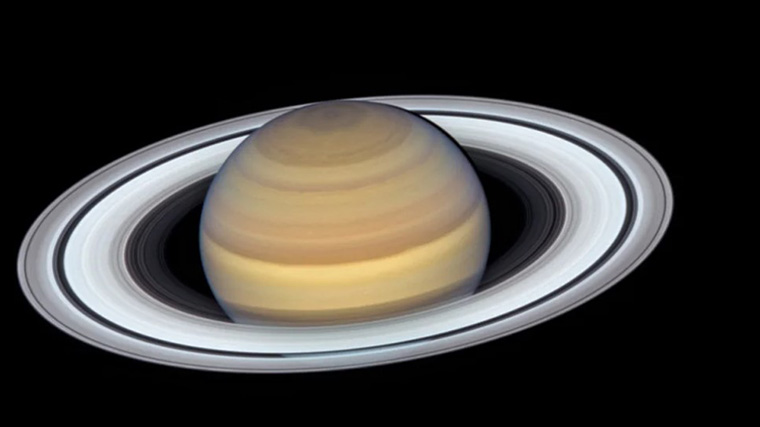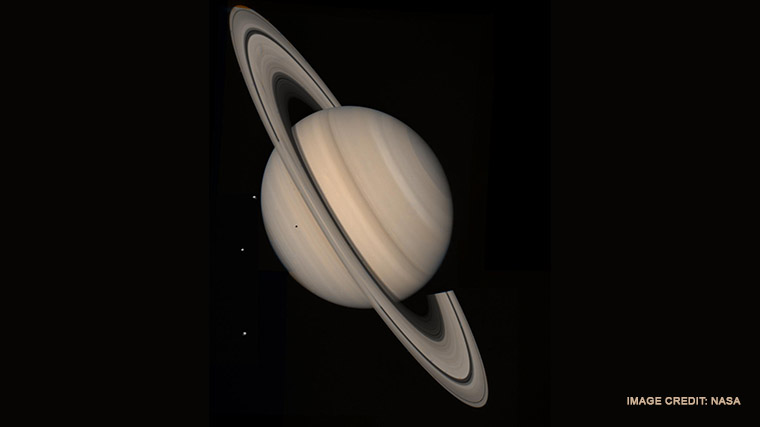Imagine Saturn’s rings disappearing. NASA scientists have confirmed that Saturn is losing its rings, and they have about a hundred million years left to exist. With the help of the James Webb telescope, astronomers could predict the time after which the rings would disappear forever.
In July 2023, the telescope took a picture of Saturn and its infrared rings, which glow in the infrared, providing valuable information about their current state.
The James Webb Space Telescope (JWST) is America’s most advanced orbiting infrared space telescope, designed for a wide range of astronomical observations. Since its launch in December 2021, JWST has collected data on celestial objects, including Saturn and its rings. With advanced imaging capabilities, JWST can take high-resolution images of Saturn and its rings.
The telescope’s infrared imaging capabilities allow it to detect the heat emitted by the rings, providing information about their composition and structure. JWST can observe Saturn’s rings without the planet in the frame, allowing a clearer view of the rings and their characteristics.
Image of Saturn and some of its moons, captured by the James Webb Space Telescope’s NIRCam instrument on June 25, 2023. In this monochrome image, NIRCam filter F323N (3.23 microns) was color-mapped with an orange hue. Credit: NASA, ESA, CSA, STScI, M. Tiscareno (SETI Institute), M. Hedman (University of Idaho), M. El Moutamid (Cornell University), M. Showalter (SETI Institute), L. Fletcher (University of Leicester), H. Hammel (AURA); image processing by J. DePasquale (STScI)
Saturn appears highly dark at this infrared wavelength, the telescope observes, as methane gas absorbs almost all the sunlight falling into the atmosphere. However, the icy rings stay relatively bright, leading to the unusual appearance of Saturn in the Webb image.
By determining the rings’ age, scientists can estimate how much time they have left to disintegrate completely. JWST can observe the rings of other planets, such as those around Uranus and Neptune, and compare their composition and age with Saturn’s rings. This comparison could help scientists determine whether some universal processes cause planetary rings to disappear over time or whether each ring system is unique in composition and lifetime. There are several possible scenarios for missing rings, including:
- Saturn’s rings gradually fall to its surface due to gravitational interaction. This process, known as ablation, can cause the rings to disappear over billions of years. Under the influence of the internal gravitational forces of the planet, parts of the rings can gradually descend to the atmosphere of Saturn or even fall on its surface.
- Absorption of Saturn’s rings due to collisions with large moons of the planet. Possible collisions between the particles of the rings and the moons could lead to a gradual reduction of Saturn’s rings and maybe even to their destruction.
JWST can help determine which of these scenarios is most likely by tracking changes in the rings over time.
Several factors can affect Saturn’s rings’ lifetime, including the ring particles’ composition and environment. For example, collisions with other objects can scatter ice particles and contribute to the formation of rings as we see them today. However, these same collisions can cause the rings to break down over time. In addition, Saturn’s magnetic field and gravitational pull may affect the behavior of ring particles, potentially accelerating their disappearance.
The disappearance of Saturn’s rings could have significant consequences for the satellites and the planet’s atmosphere. Ring particles can provide material for forming new moons or contribute to the erosion of existing ones. The rings can affect Saturn’s magnetic field and atmosphere, potentially influencing weather patterns and other phenomena.
Banner image: This is an artist’s impression showing the planet Saturn and its rings. Credit: NASA, ESA, Martin Kornmesser (ESA/Hubble)
Image credit:
https://esahubble.org
https://webbtelescope.org



